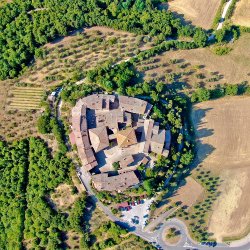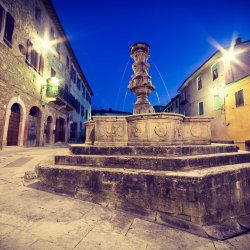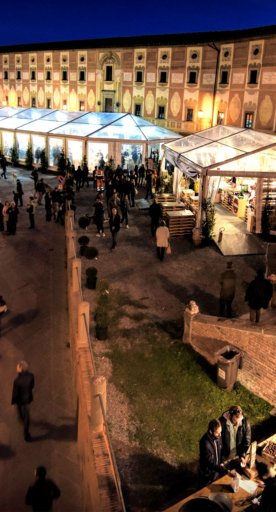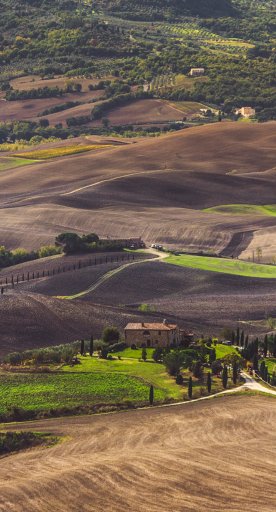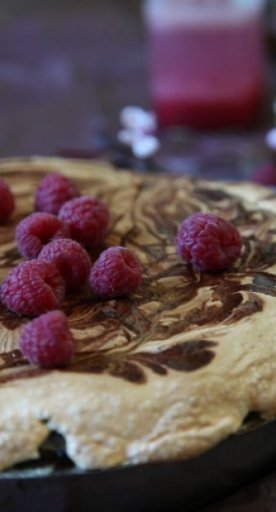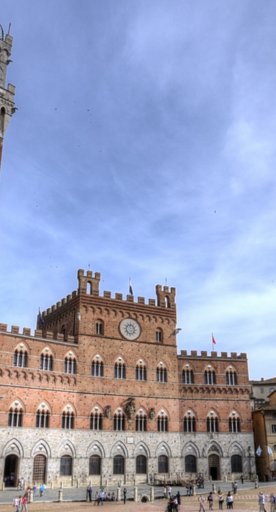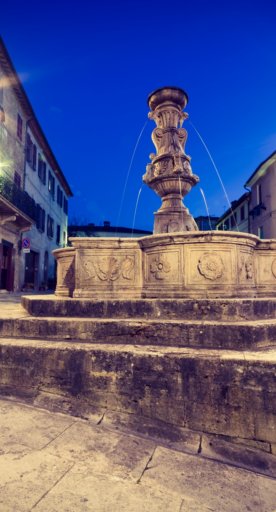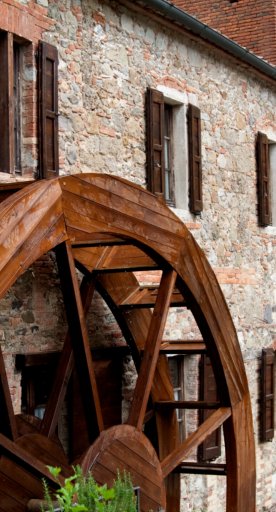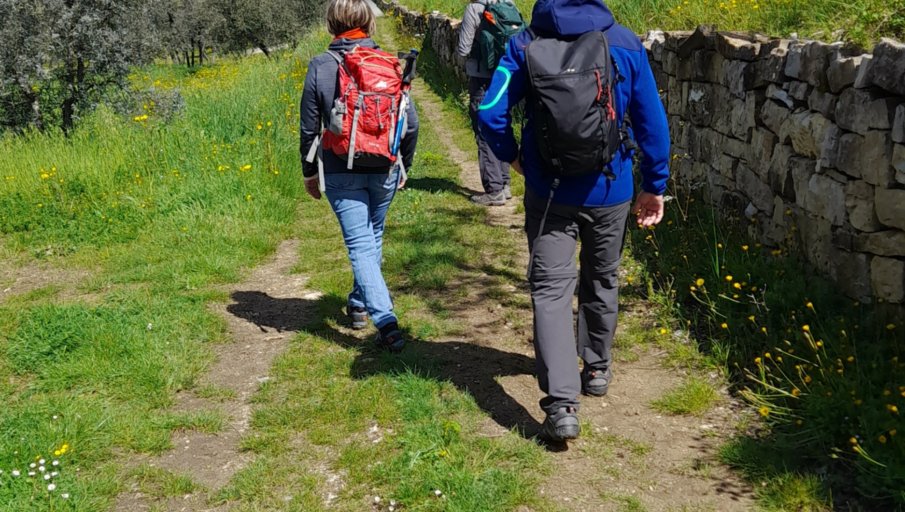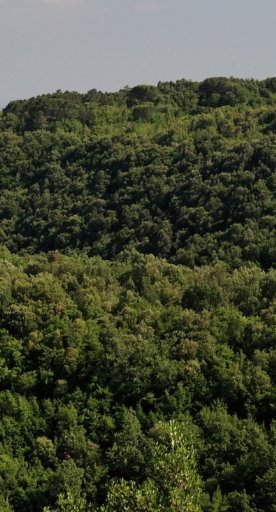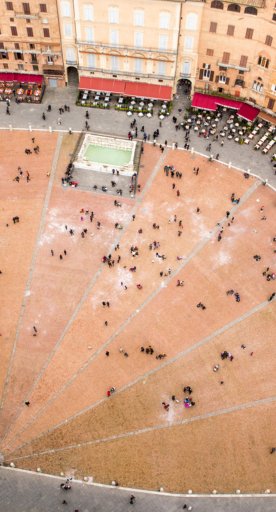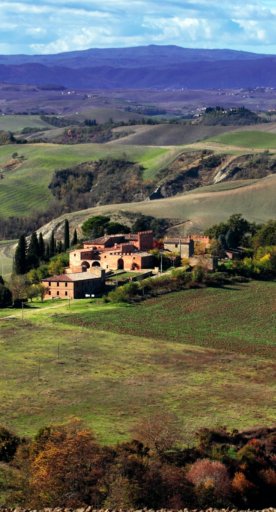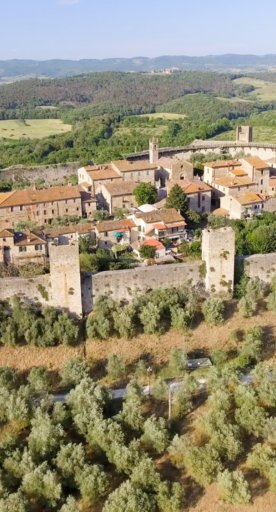Three and more flavors to enjoy on the Tuscan Via Lauretana
From Siena to Cortona along an ancient path, accompanied by the scents and flavors of iconic recipes and local food and wine excellence.
The Via Lauretana is an ancient all-Tuscan path, traveled since the time of the Etruscans. The Romans, and even more so the medieval peoples, legitimized this route, which runs between Siena and Cortona. In its 114 kilometers, divided into five stages, the route crosses the beautiful landscapes of the Crete Senesi, slowly penetrating into the Val di Chiana Aretina.
Along the slight ups and downs that mark the progress of the route you can encounter villages and towns, custodians of old traditions and authentic flavors: on the Via Lauretana it is in fact possible to taste ancient recipes, wild flavors of the land and fine products.
-
1.The sweets of Siena, noble recipes
-
2.The kings of the table through the Crete Senesi
-
3.The delicious food of the Val di Chiana
The sweets of Siena, noble recipes

The itinerary of the Via Lauretana starts in Siena, in Piazza del Camp. The town, famous for its magnificent Gothic-style medieval monuments and buildings, has seen the birth of some sweets that have become true symbols of Tuscany.
Prominent among them is the Panforte, created in the Middle Ages in apothecaries’ shops and intended for the tables of the city's nobility during the winter holiday season. Today this cake is prepared year-round, strictly following the original recipe, which calls for the use of almonds, candied fruit and honey.

Almonds also play a starring role in Ricciarelli, typical sweet treats that are perfect to complete a good Tuscan meal. As was the case with Panforte, the origins of the Ricciarelli go back many centuries, and the recipe was handed down by monks and apothecaries.
Both of these sweets found their legitimacy during the 1800s, when the names and Sienese origin were spread in the first cookbooks of the time.
The kings of the table through the Crete Senesi

After leaving the city of Siena, the Via Lauretana continues as it plunges into the hills of the Val d'Arbia, which slowly flow into the rolling hills of the Crete Senesi. These landscapes have seen the birth, in recent times, of the Val d'Arbia DOC, a delicate white wine which is the result of the proportion of Trebbiano, Malvasia and Chardonnay grapes, ideal for an aperitif or to accompany typical Tuscan soups. From Val d'Arbia DOC is also made Vin Santo, a liqueur wine excellent for pairing with local desserts, such as those from Siena.
The product that more than any other is considered the king of the table is perhaps the truffle, which in the Crete subsoil grows in different varieties, giving its unmistakable aroma in spring and autumn. The white truffle – that has a higher commercial value - and the black truffle enrich appetizers, first courses and second courses of meat, creating perfect combinations capable of delighting every palate, for an experience of taste that merges with that of walking.
The delicious food of the Val di Chiana

The last stages of the Via Lauretana wind through the lands of the Val di Chiana Aretina, in the direction of Cortona. Among the local specialties that you cannot miss is aglione, a variety of garlic that, as its name indicates, is bigger than standard garlic. Its particularly delicate flavor is enhanced in a traditional dressing, the sugo all'aglione (sauce with aglione), usually served with pici, the typical fresh pasta prepared in the territory around Siena and throughout the area.
Then, among the kinds of meat, the Chianina stands out, a prized variety obtained from a very ancient breed of cattle, which is still raised wild today. Used as much in ragouts as it is in second courses, Chianina is widespread throughout the territory, and gives excellent meals with meat to enjoy along the Via Lauretana route.



